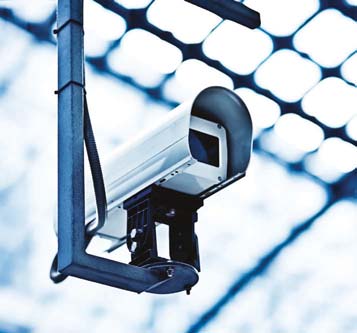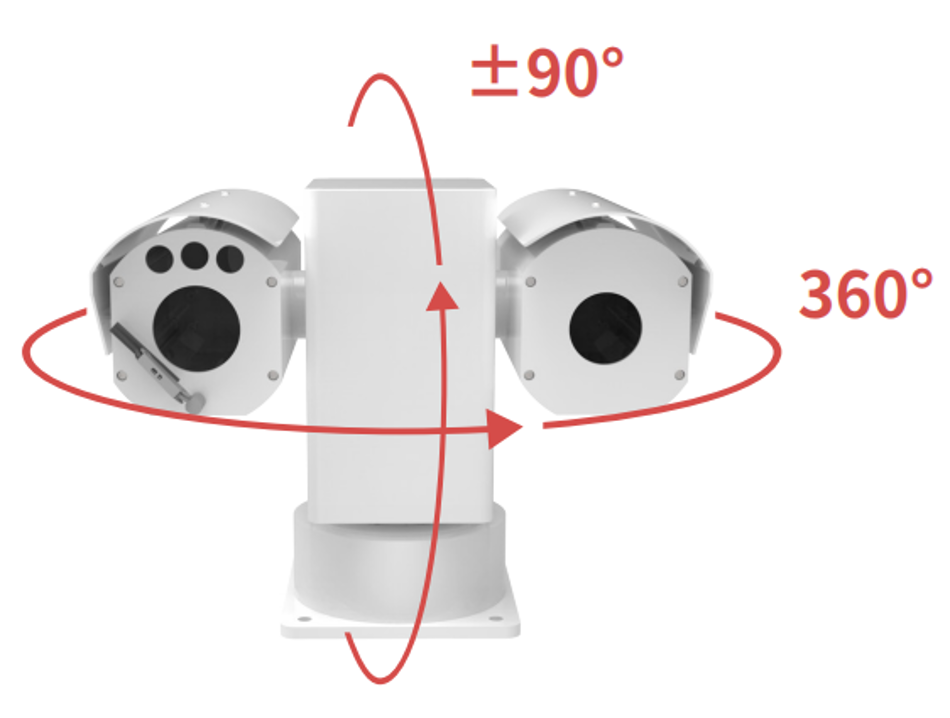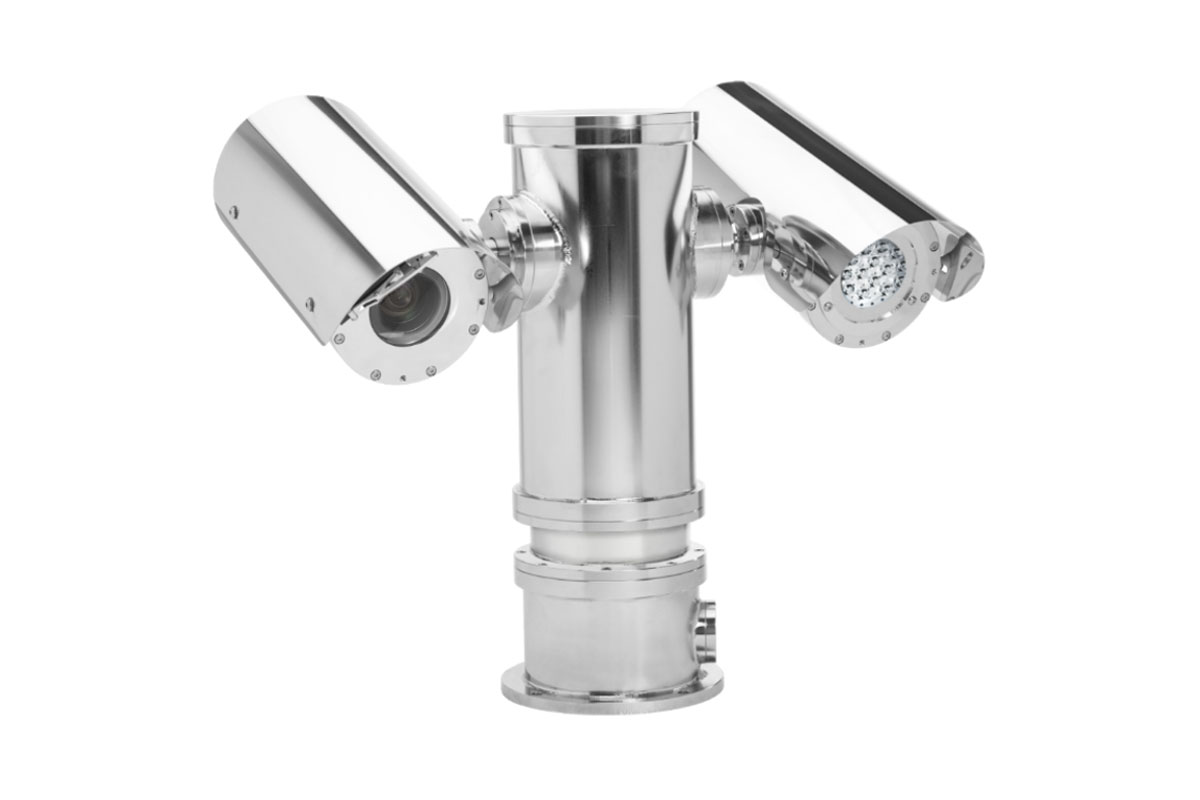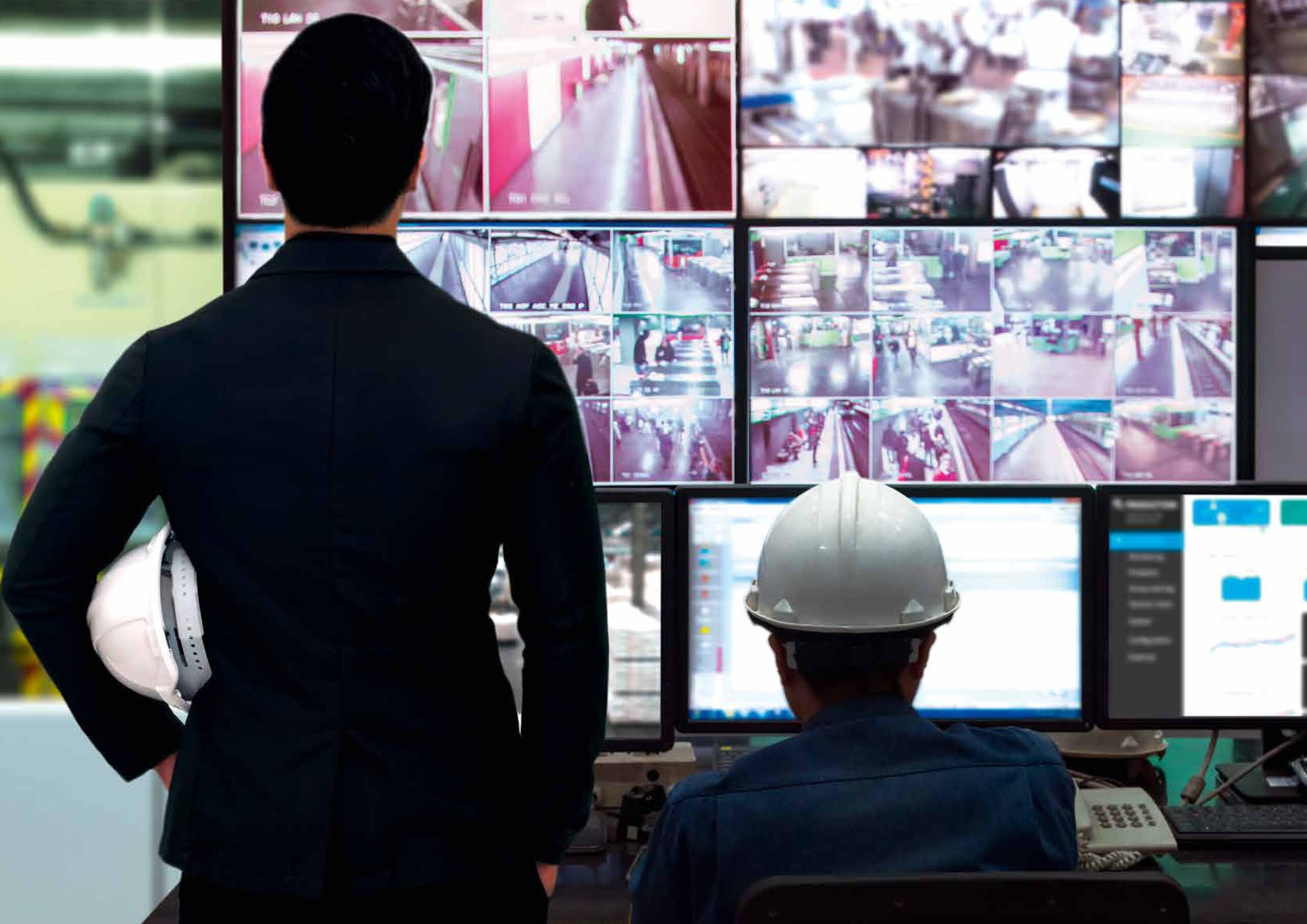
Video Management System (VMS) Integrations
When choosing a video security solution, camera and video management system (VMS) integrations for security surveillance in areas that are at risk of fire or explosions, the importance cannot be understated. These hazardous facilities are deployed with more and more people working simultaneously, 24/7 around the clock. In the event of an emergency, the video surveillance security system in combination with thermal imaging analytics should continued its functionality so as to alert and keep all forms of surveillance and communications ongoing with the working personnel.
The interoperability and depth of the capabilities of cameras and VMS depend on their manufacturers. This process involves conducting numerous testing to ensure that the integration works seamlessly. The initial steps include streaming video, but the more advanced features are also developed independently by the providers and manufacturers.

How to select the right camera and VMS integration?
When searching for seamless integrations between the camera and video management system (VMS), we will need to take note of a few important features below.
5 important features for seamless connectivity
1. Analytics
The precise identification and categorization of objects, including individuals, automobiles, and movement direction, by a camera, constitute a rapidly expanding realm of advancement within the domain of video security. With the emergence of fresh AI-infused features and the fusion of diverse technologies by camera producers, thorough examination becomes imperative to ascertain the operational efficacy of analytics on a client's video management system (VMS). In real-world applications, analytics play a pivotal role in identifying unusual occurrences within secure zones during non-operational periods or instances of lingering around a facility's boundaries.
2. Events
The capacity of cameras to accurately interpret events and translate them into alerts within a customer's video management system (VMS) is gaining significant prominence. This hinges upon the seamless integration prowess exhibited by the camera system and VMS. The degree of sophistication and availability of events and alerts contributes to a heightened level of precision and intelligence, thereby fostering a more precise and insightful solution.


3. PTZ Controls
PTZ, an acronym for Pan, Tilt, and Zoom, denotes versatile camera functionality. PTZ cameras are meticulously crafted to oversee expansive areas using a solitary camera unit, providing an encompassing panorama as well as detailed close-ups for intricate examination. To accomplish this, PTZ cameras must exhibit the agility to swiftly adjust angles and execute zooming operations, all subject to the user's precise command. Also, users have the capability to establish pre-defined PTZ camera presets. The activation of a preset can be triggered by diverse events encapsulated within the video management system (VMS). To illustrate, envision a scenario where a door at the remote extremity of a warehouse swings open—an action that promptly triggers a PTZ camera preset to zoom in, capturing a lucid image of the individual who ventured into the warehouse premises.
4. I/O Functionality (Input/Output)
The significance of I/O functionalities becomes paramount for customers seeking to seamlessly incorporate their video security systems with sensors, access control mechanisms, or other solutions that necessitate direct interaction with cameras. However, it's important to note that inherent capabilities may not always be readily available from camera to video management system (VMS) integration.
Addressing this concern, the assurance of seamless integration entails thorough testing of input and output functions to ensure compatibility. Customers often depend on input mechanisms to harness intrusion or motion sensors, trigger recording protocols, or employ buttons and switches to initiate specific events. Verified output capabilities play a pivotal role in enhancing input and output functionalities, facilitating operations like door and gate control, in addition to delivering notifications for camera-related activities.
5. Audio Features
Many cameras are outfitted with straightforward yet valuable audio features, including audio input via a microphone. This grants users the capability to audibly monitor the audio within a customer's camera feed. Furthermore, cameras are also outfitted with audio output functionality, enabling the transmission of sound through an amplified speaker. This facilitates the option to deliver pre-recorded messages from a camera, such as providing directions to customers about the appropriate platform at a shuttle station.
Benefits of a seamless camera and VMS integration
1. Optimized processes and enhanced effectiveness
It enhances your camera and VMS encounter through PTZ controls offering meticulous precision and zoom capabilities, comprehensive audio functionalities, validated I/O port operations, and verified de-warping.
2. Easy setup and integration
The majority of VMS partners provide plug-and-play convenience, simplifying the process of seamlessly integrating any security configuration with pre-existing cameras.
3. Effective detection with intelligence
It will have better precision for perimeter safeguarding and congested settings, possessing the capability to identify as many objects as possible within a scene.
In summary, seamless integrations guarantee the optimal performance of all features on both the VMS and camera fronts, resulting in a comprehensive and harmonious video security encounter. We believe that cameras and VMS platforms should exhaustively leverage every feature and capability at their disposal, leaving no potential untapped or unexplored, and undergoing rigorous testing and validation. For more information, you can also refer to our case study of successful deployments here.


